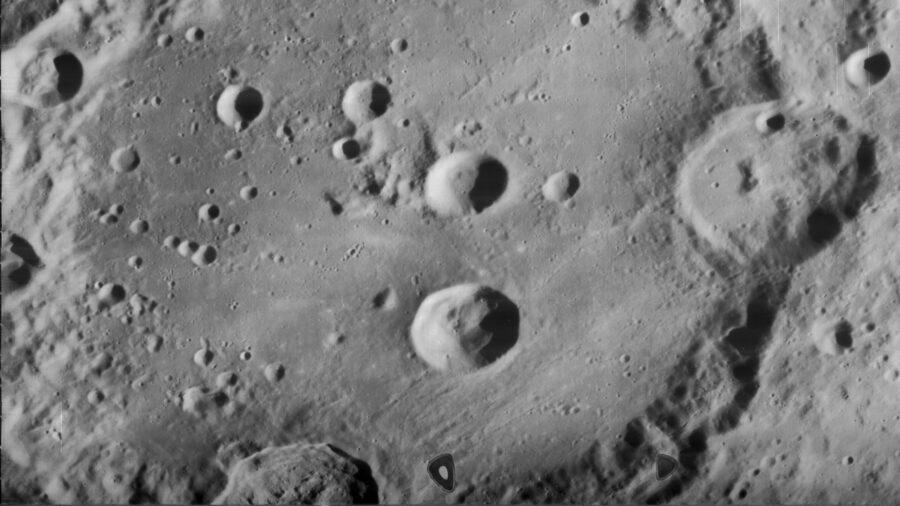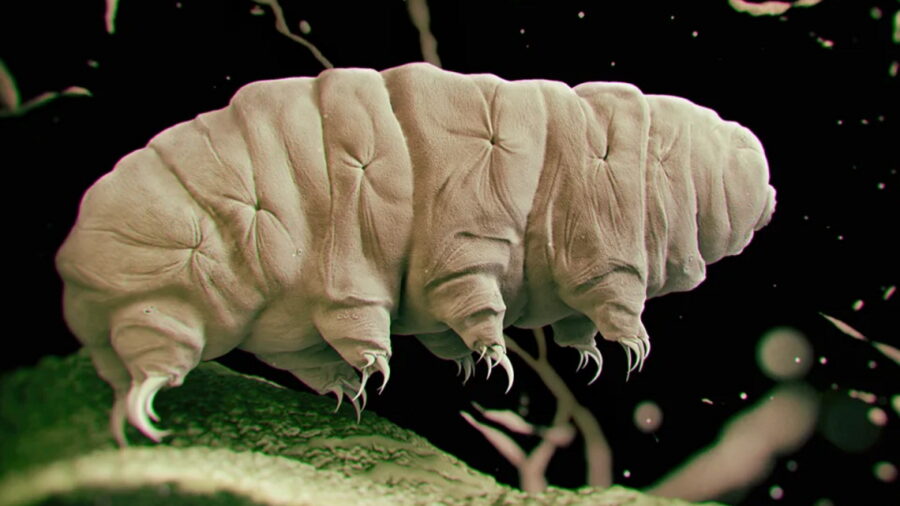NASA Is Looking For Life On The Moon
Nasa will launch an initiative to scan the Moon for microbial life in 2025.

Shows like Star Trek have often made us dream of finding life on distant planets, but what if unexpected life forms were much closer than we ever imagined? That’s certainly what NASA is concentrating on as they prepare to search for evidence of life on the moon. As Futurism reports, NASA may be launching “as soon as late 2025” to scan the lunar surface for signs of microbial life.
Obviously, most who have fantasized about potential life on the moon over the years were thinking about something a bit more substantial than microbial life. However, NASA’s upcoming mission is a powerful reminder that we should keep our minds open when it comes to life forms out in space. In fact, the fact that it’s possible for bacteria to survive on certain surfaces of the moon is a statistical miracle we should be grateful for.
Right now, microbial life on the moon is merely a theory, as experts have found specific pockets of the lunar surface where microbial life could potentially survive. Finding and studying microbes that have managed to thrive in such airless conditions could be really great for the scientific community. However, it’s interesting to note that even among those hoping to find these elusive microbes, there is intense debate about where they would have originally come from.
For example, the most exciting theory concerning microbial life on the moon is that it might have come from various meteors that crashed onto the moon over the years. If this proves true, then we may have an unprecedented opportunity to study living organic molecules that might have come from the depths of space. However, skeptical scientists point out that even though we know that organic molecules could theoretically survive such a meteor trip, is it far less certain that actual microbes could make it.

If life on the moon didn’t come from crashing meteors, then where did it come from? The prevailing theory is that humans are responsible for any microbes thanks to our previous visits to the moon. This is what NASA considers to be the most likely possibility, but many are still keeping their minds open to other possibilities.
Interestingly, humans accidentally leaving life on the moon behind is starting to become a more regular occurrence. Back in 2019, an Israeli lunar lander ended up crashing on the surface of the moon, and in doing so they released thousands of tardigrades onto the surface. As any Star Trek: Discovery fan can tell you, tardigrades are capable of surviving in space, and while they haven’t been sighted since the crash, they are now the likeliest candidate for the title “life on the moon.”
Ultimately, we hope that any discoveries that we make about life on the moon (microbial, tardigrade, or otherwise) will help advance our continued exploration of space. While some like Elon Musk dream of escaping Earth altogether, we like the idea that learning more about the universe helps us to make our current planet a little bit better. Fair warning to NASA, though: if you discover the Mooninites up there, you should abort the mission ASAP.












